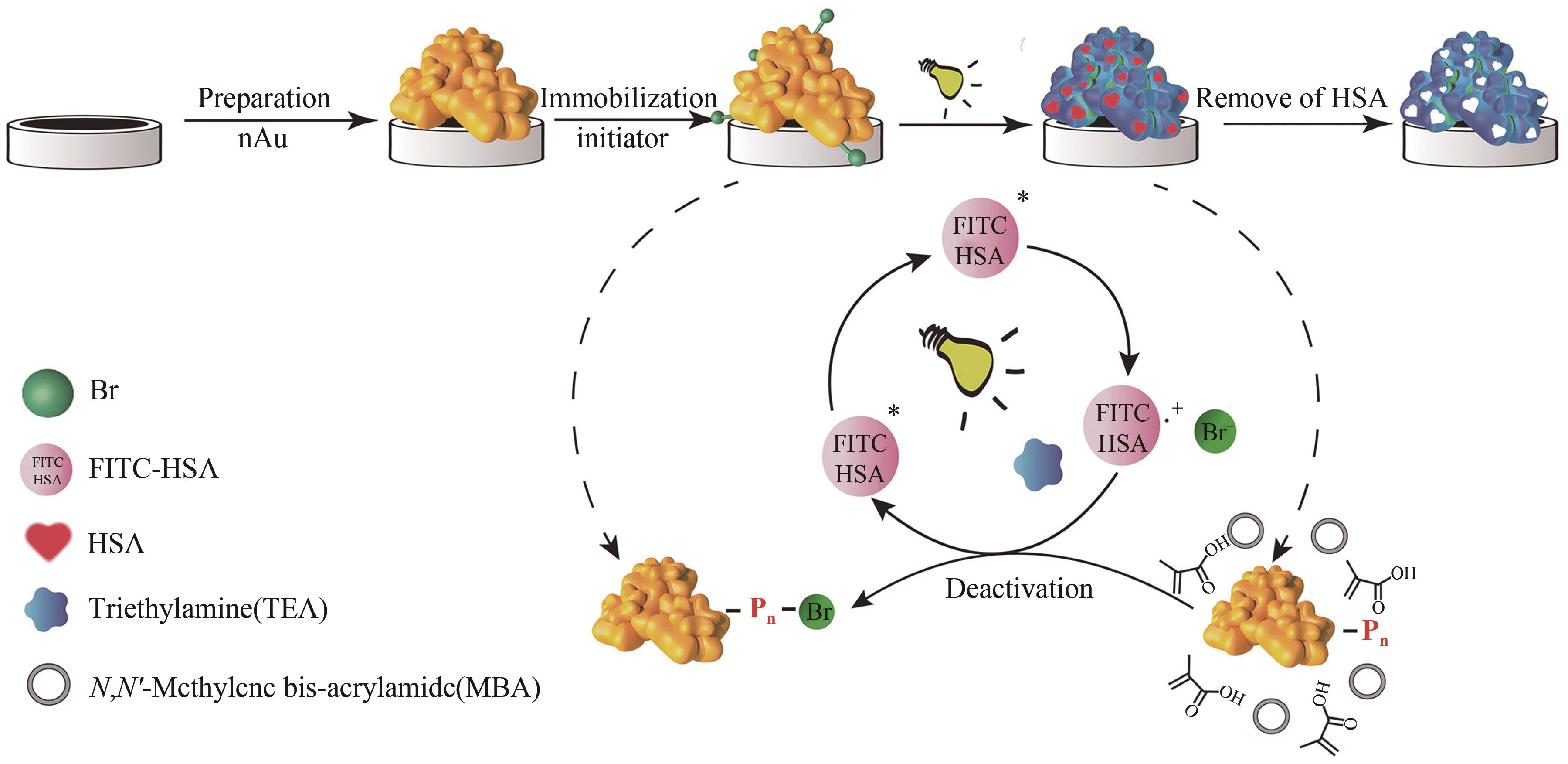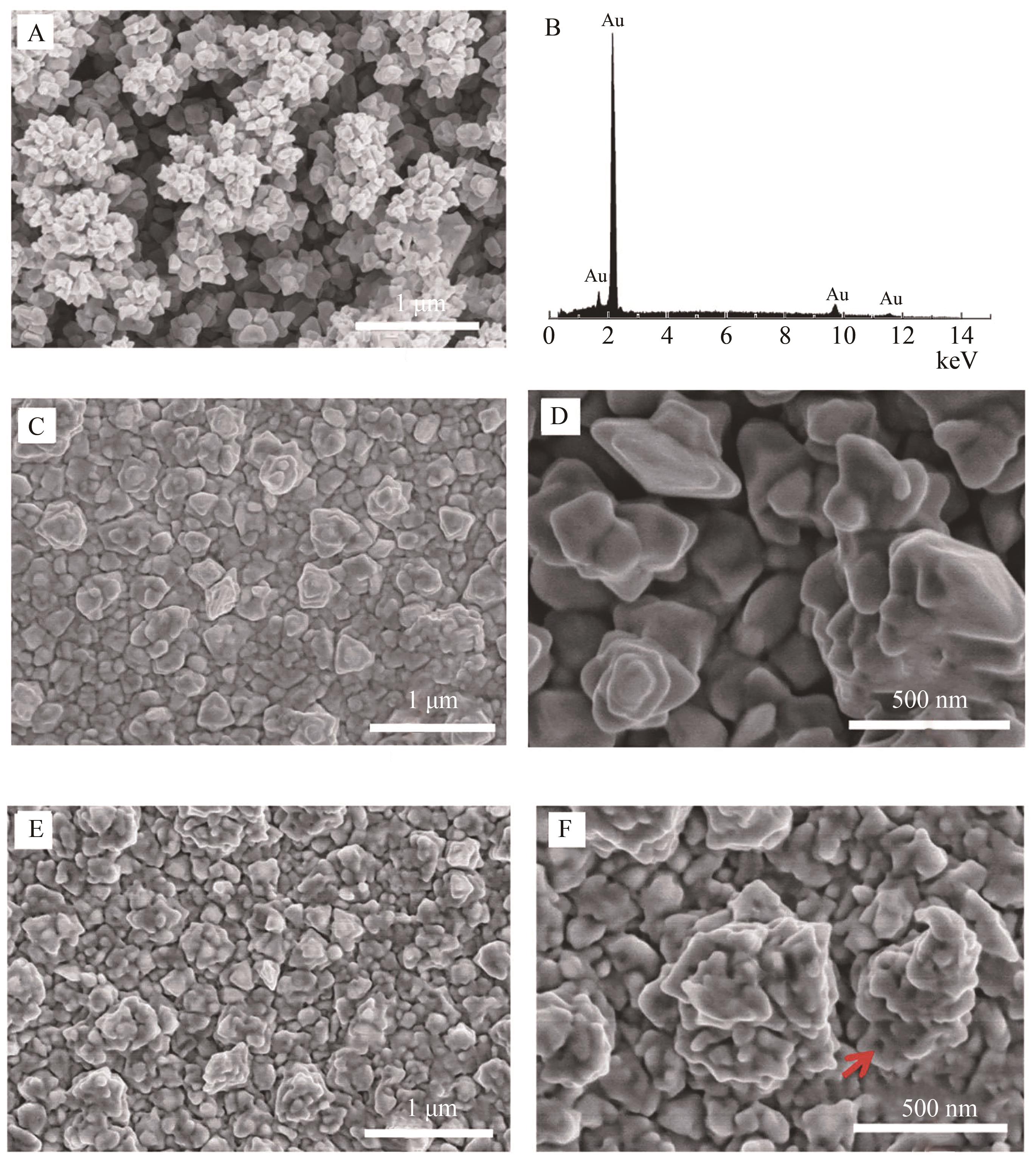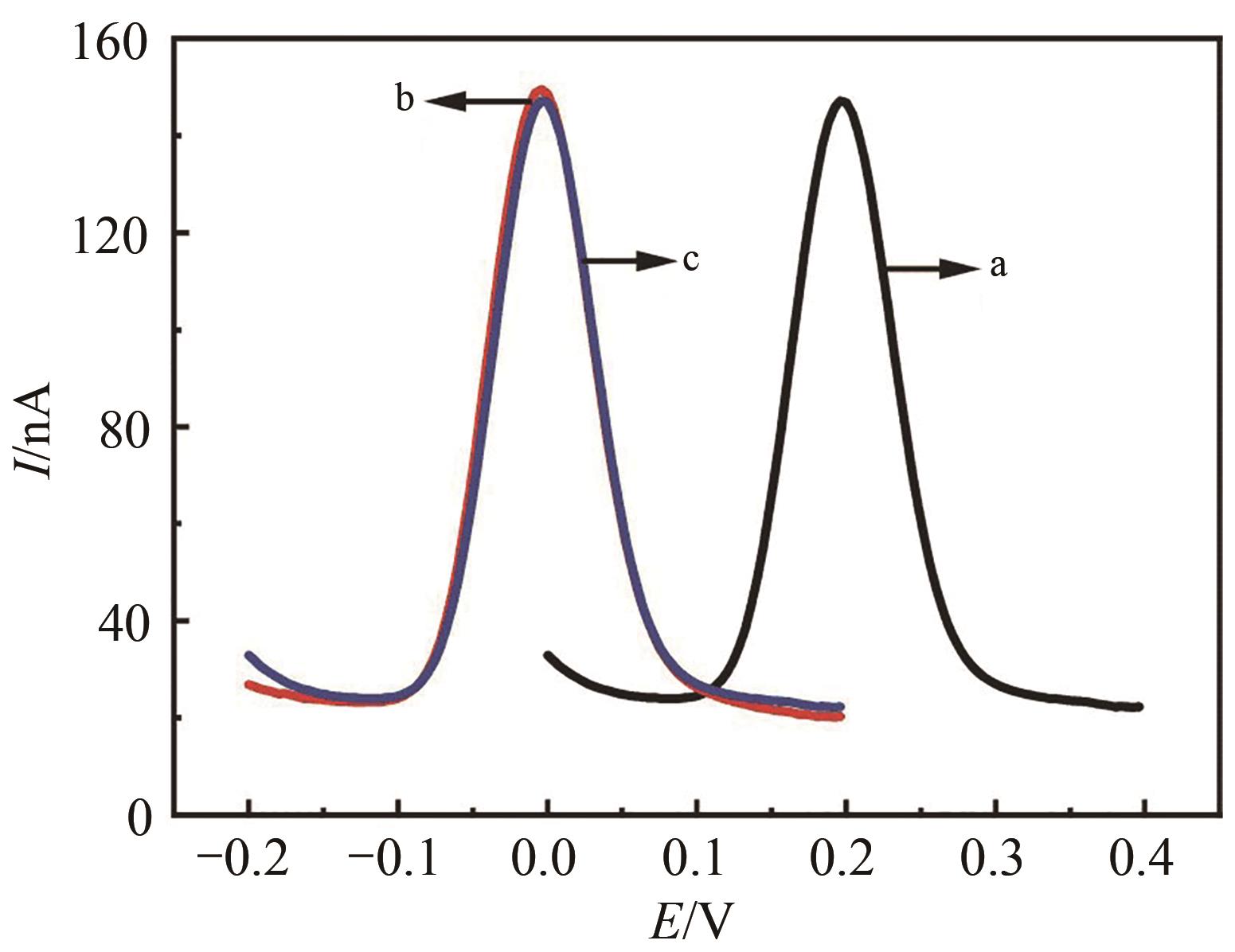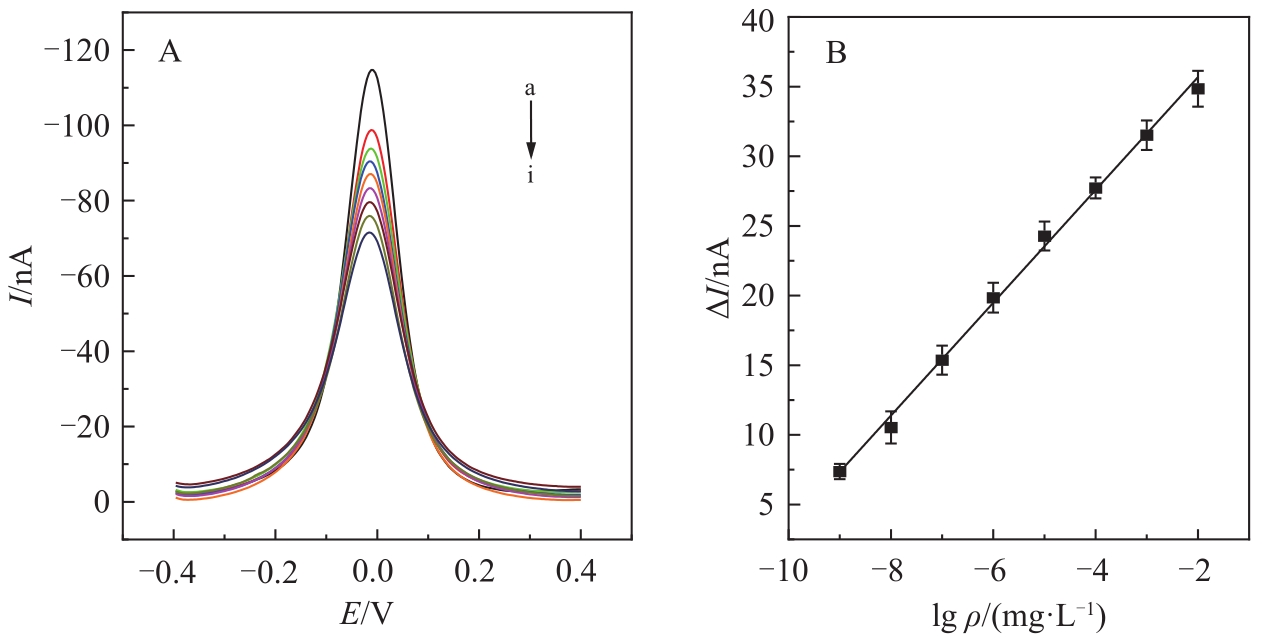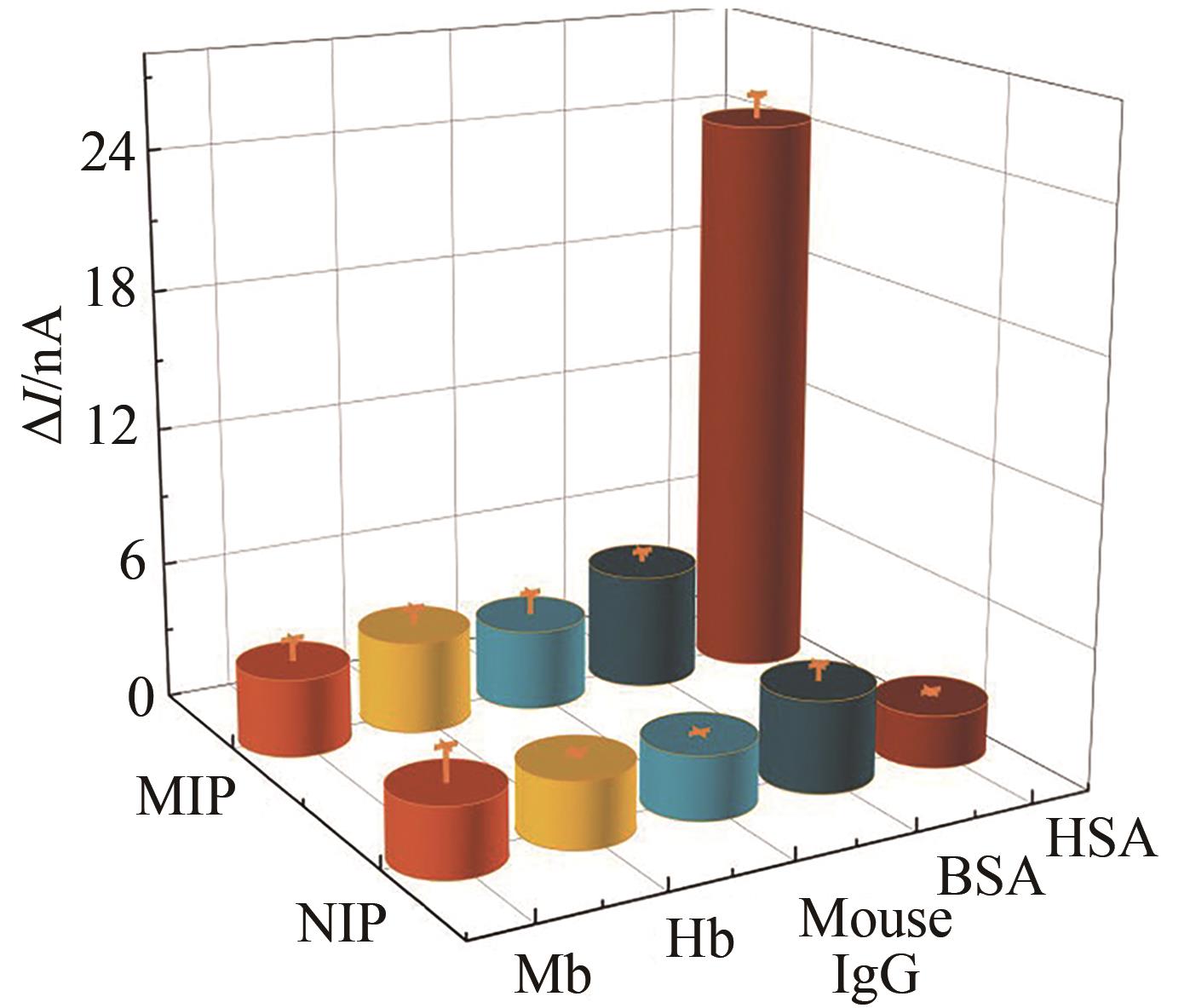| 1 |
何蔚, 邹嘉佳, 逯东伟, 等. 两种组氨酸酰胺衍生物的合成及其与人血清白蛋白的结合[J]. 应用化学, 2017, 34(10): 1150-1160.
|
|
HE W, ZOU J J, LU D W, et al. Synthesis of two L-histidine amide derivatives and the interaction mechanism with human serum albumin[J]. Chin J Appl Chem, 2017, 34(10): 1150-1160.
|
| 2 |
OTRI I, MEDAGLIA S, AZNAR E, et al. Fluorogenic detection of human serum albumin using curcumin-capped mesoporous silica nanoparticles[J]. Molecules, 2022, 27(3): 1133.
|
| 3 |
XU J F, YANG Y S, JIANG A Q, et al. Detection methods and research progress of human serum albumins[J]. Crit Rev Anal Chem, 2020, 52(1): 72-92.
|
| 4 |
WANG J, LUNDSTRÖM S L, SEELOW S, et al. First immunoassay for measuring isoaspartate in human serum albumin[J]. Molecules, 2021, 26(21): 6709.
|
| 5 |
PADELLI M, LABOURET T, LABARRE M, et al. Systematic overestimation of human serum albumin by capillary zone electrophoresis method due to monoclonal immunoglobulin interferences[J]. Clin Chim Acta, 2019, 491: 74-80.
|
| 6 |
杜莹莹, 武福军, 韩浩, 等. 离子交换色谱法测定重组人血清白蛋白干扰素α2b融合蛋白纯度[J]. 药物分析杂志, 2020, 40(8): 1490-1493.
|
|
DU Y Y,WU F J, HAN H, et al. Determination of purity of recombinant human serum albumin interferon α2b fusion protein by ion exchange chromatography[J]. J Pharm Anal, 2020, 40(8): 1490-1493.
|
| 7 |
BOTTI V, MARRONE S, CANNISTRARO S, et al. Interaction between miR4749 and human serum albumin as revealed by fluorescence, FRET, atomic force spectroscopy and computational modelling[J]. Int J Mol Sci, 2022, 23(3): 1291.
|
| 8 |
GAMA R M, BOTTOLI C B G. Molecularly imprinted polymers for bioanalytical sample preparation[J]. J Chromatogr B, 2017, 1043: 107-121.,
|
| 9 |
KHAN S, HUSSAIN S, WONG A, et al. Synthesis and characterization of magnetic-molecularly imprinted polymers for the HPLC-UV analysis of ametryn[J]. React Funct Polym, 2018, 122: 175-182.
|
| 10 |
ZAIDI S A. Development of molecular imprinted polymers based strategies for the determination of dopamine[J]. Sens Actuators B, 2018, 256: 488-497.
|
| 11 |
DWORAKOWSKA S, LORANDI F, GORCZYŃSKI A, et al. Toward green atom transfer radical polymerization: current status and future challenges[J]. Adv Sci, 2022: 2106076.
|
| 12 |
SZCZEPANIAK G, FU L Y, JAFARI H, et al. Making ATRP more practical: oxygen tolerance[J]. Acc Chem Res, 2021, 54(7): 1779-1790.
|
| 13 |
GONCALVES S D, RODRIGUES P R, VIEIRA R P. Metal-free organocatalyzed atom transfer radical polymerization: synthesis, applications, and future perspectives[J]. Macromol Rapid Commun, 2021, 42(15): 2100221.
|
| 14 |
XU X M, XU X, ZENG Y N, et al. Oxygen-tolerant photo-induced metal-free atom transfer radical polymerization[J]. J Photochem Photobiol A, 2021, 411: 113191.
|
| 15 |
THERIOT J C, LIM C H, YANG H, et al. Organocatalyzed atom transfer radical polymerization driven by visible light[J]. Science, 2016, 352(6289): 1082-1086.
|
| 16 |
LIU X G, QU R J, WANG M H, et al. Preparation, characterization, and adsorption properties of polystyrene-supported polyethylene glycols for iodine[J]. Asia-Pac J Chem Eng, 2016, 11(4): 567-580.
|
| 17 |
DADASHI-SILAB S, PAN X C, MATYJASZEWSKI K. Phenyl benzo[b]phenothiazine as a visible light photoredox catalyst for metal-free atom transfer radical polymerization[J]. Chem Eur J, 2017, 23(25): 5972-5977.
|
| 18 |
王伟, 李娟, 白茹, 等. 无金属可见光诱导原子转移自由基聚合法制备聚丙烯酰胺@氧化石墨烯/纳米钯复合物修饰电极及其对乙醇的检测[J]. 应用化学, 2020, 37(5): 595-603.
|
|
WANG W, LI J, BAI R, et al. Preparation of Au/polyacrylamide@graphene oxide/nano-palladium electrode via metal-free visible-light-induced atom transfer radical polymerization and its detection of ethanol[J]. Chin J Appl Chem, 2020, 37(5): 595-603
|
| 19 |
GOODWIN S, COLDRICK Z, HEEG S, et al. Fabrication and electrochemical response of pristine graphene ultramicroelectrodes[J]. Carbon, 2021, 177: 207-215.
|
| 20 |
WU Z, CHEN L, SHEN G, et al. Platinum nanoparticle-modified carbon fiber ultramicroelectrodes for mediator-free biosensing[J]. Sens Actuators B, 2006, 119(1): 295-301.
|
| 21 |
FEENEY R, KOUNAVES S P. Microfabricated ultramicroelectrode arrays: developments, advances, and applications in environmental analysis[J]. Electroanalysis, 2000, 12(9): 677-684.
|
| 22 |
LIU J, WAGAN S, DÁVILA MORRIS M, et al. Achieving reproducible performance of electrochemical, folding aptamer-based sensors on microelectrodes: challenges and prospects[J]. Anal Chem, 2014, 86(22): 11417-11424.
|
| 23 |
SUN Y, DU H, LAN Y, et al. Preparation of hemoglobin (Hb) imprinted polymer by Hb catalyzed eATRP and its application in biosensor[J]. Biosens Bioelectron, 2016, 77: 894-900.
|
| 24 |
林志彬, 董燕青, 郑明森, 等. 全钒液流电池铂氢微型参比电极体系的构筑与性能[J]. 电化学, 2015, 21(2): 162-166.
|
|
LIN Z B, DONG Y Q, ZHENG M S, et al. Construction and properties of platinum hydrogen miniature reference electrode system for vanadium flow battery[J]. J Electrochem, 2015, 21(2): 162-166.
|
| 25 |
YAO K, HUANG Q, LU W, et al. A facile synthesis of gold micro/nanostructures at the interface of 1,3-dibutylimidazolium bis(trifluoromethylsulfonyl) imide and water[J]. J Colloid Interface Sci, 2016, 480: 30-38.
|
| 26 |
YUAN L, JIANG L, HUI T, et al. Fabrication of highly sensitive and selective electrochemical sensor by using optimized molecularly imprinted polymers on multi-walled carbon nanotubes for metronidazole measurement[J]. Sens Actuators B, 2015, 206: 647-652.
|
| 27 |
ZHENG W, ZHAO M, LIU W, et al. Electrochemical sensor based on molecularly imprinted polymer/reduced graphene oxide composite for simultaneous determination of uric acid and tyrosine[J]. J Electroanal Chem, 2018, 813: 75-82.
|
| 28 |
刘芬, 赵志娟, 邱丽美, 等. XPS光电子峰和俄歇电子峰峰位表[J]. 分析测试技术与仪器, 2009, 15(1): 1-17.
|
|
LIU F, ZHAO Z J, QIU L M, et al. Tables of peak positions for XPS photoelectron and auger electron peaks[J]. Anal Test Technol Instrum, 2009, 15(1): 1-17.
|
| 29 |
SEO J H, YANG R, BRZEZINSKI J Z, et al. Electronic properties at gold/conjugated-polyelectrolyte interfaces[J]. Adv Mater, 2009, 21(9): 1006-1011.
|
| 30 |
LEDEUIL J B, UHART A, SOULÉ S, et al. New insights into micro/nanoscale combined probes (nanoAuger, μXPS) to characterize Ag/Au@SiO2 core-shell assemblies[J]. Nanoscale, 2014, 6(19): 11130-11140.
|
| 31 |
BAI R, SUN Y, ZHAO M, et al. Preparation of IgG imprinted polymers by metal-free visible-light-induced ATRP and its application in biosensor[J]. Talanta, 2021, 226: 122160.
|
| 32 |
尹娜娜, 李明谦, 代鑫, 等. 导电凝胶型全固态Ag/AgCl参比电极的制备及性能[J]. 中国无机分析化学, 2018, 8(3): 58-62.
|
|
YIN N N, LI M Q, DAI X, et al. Preparation and property of electrographic gel style All-State-Ag/AgCl reference electrode[J]. Chin J Inorg Anal Chem, 2018, 8(3): 58-62.
|
| 33 |
HUBER B, ROLING B. Development of a Ag/Ag+ micro-reference electrode for electrochemical measurements in ionic liquids[J]. Electrochim Acta, 2011, 56(19): 6569-6572.
|
| 34 |
CAO Y C, HU X L, ZHAO T, et al. A core-shell molecularly imprinted optical sensor based on the upconversion nanoparticles decorated with zinc-based metal-organic framework for selective and rapid detection of octopamine[J]. Sens Actuators B, 2021, 326: 128838.
|
| 35 |
FATONI A, NUMNUAM A, KANATHARANA P, et al. A novel molecularly imprinted chitosan-acrylamide, graphene, ferrocene composite cryogel biosensor used to detect microalbumin[J]. Analyst, 2014, 139: 6160-6167.
|
| 36 |
TOJANOVIC Z, ERDŐSSY J, KELTAI K, et al. Electrosynthesized molecularly imprinted polyscopoletin nanofilms for human serum albumin detection[J]. Anal Chim Acta, 2017, 977: 1-9.
|
| 37 |
CHEN M, XIANG X, WU K, et al. A novel detection method of human serum albumin based on the poly(thymine)-templated copper nanoparticles[J]. Sensors, 2017, 17(11): 2684.
|
| 38 |
GUI W, CHEN X, MA Q. A novel detection method of human serum albumin based on CuInZnS quantum dots-Co2+ sensing system[J]. Anal Bioanal Chem, 2017, 409(15): 3871-3876.
|

 )
)
 )
)
